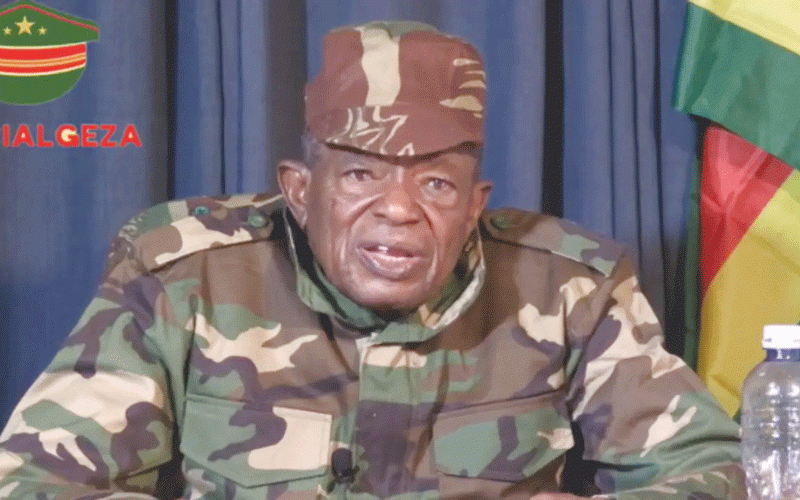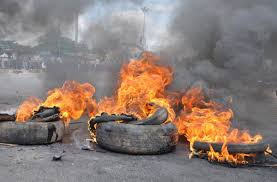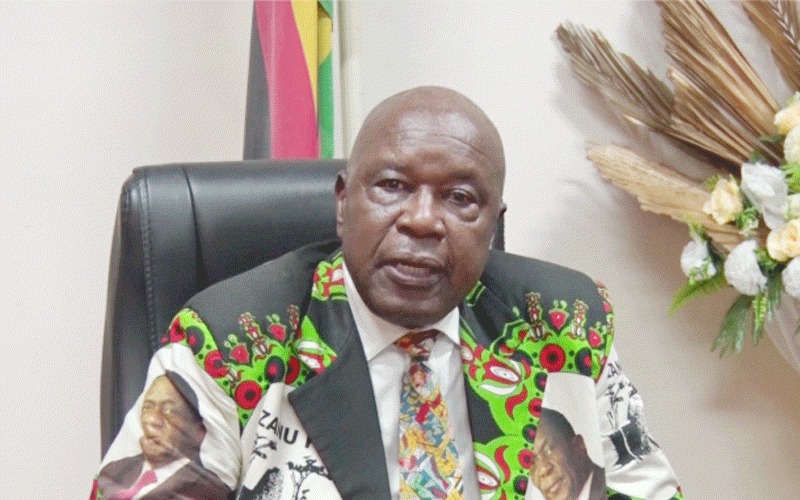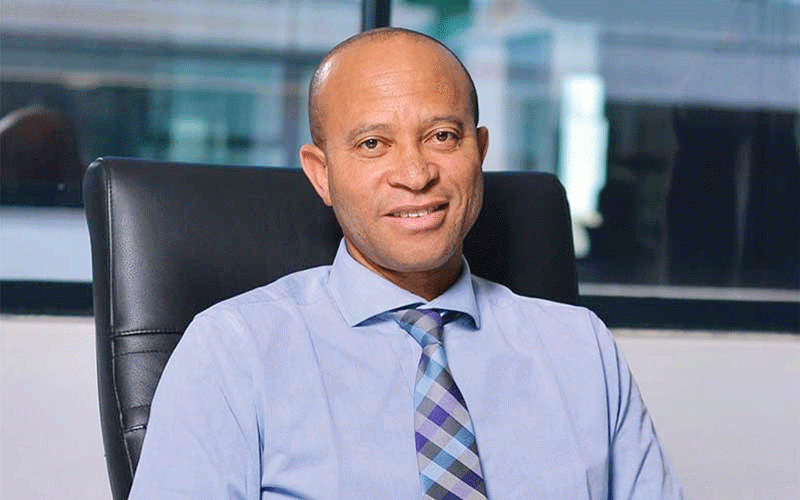BY TATIRA ZWINOIRA/TANYARADZWA NHARI PAN-African development lender, African Development Bank (AfDB) says Zimbabwe’s economy will grow by 3,5% this year, far below a 6,3% projected for 2021, as the country battles to forestall setbacks stemming out of foreign currency shortages.
Gross domestic product (GDP) growth has also been held back by exchange rate turbulences, along with a relentless inflationary charge.
However, AfDB said despite the slowdown, a range of economic fundamentals would remain positive to support the subdued growth.
AfDB had previously said the 6,3% growth would be driven by a favourable 2021/2022 agricultural season and firming international commodity prices.
Commodity prices have remained robust, but Zimbabwe, like the rest of the world, has slipped under fresh pressures from global instability triggered by rocketing energy and food prices that have been precipitated by instabilities in Eastern Europe.
“Growth is projected to average 3,5% in 2022,” AfDB said in its new African Economic Outlook 2022 released last week, as it projected a further slowdown next year.
“In the same period, inflation could drop to 85% (from the currency 131%) and 43% (in 2023) on the back of stability in food prices and exchange rate stability.
“The fiscal deficit is forecast to narrow to 0,2% of GDP given continued fiscal discipline.
“The current account balance will remain positive largely because of reduced food imports as domestic production improves, as well as increased export earnings stemming from improved commodity prices.”
It added: “Covid-19 continues to present risks, and emergence of new variants could affect economic activity; the debt overhang and climate change are further risks.”
“Zimbabwe is classified as being in debt distress with total debt of $13,7 billion, of which $13,2 billion is external.”
Contributing to the Big Debate, an Alpha Media Holdings platform which digested the country’s currency crisis, on Thursday, two of the country’s most respected economics professors raised the red flag over a haemorrhaging currency, warning it was on the death bed.
Gift Mugano, an economics professor and executive director at Africa Economic Development Strategies, warned about the effects of debt to Zimbabwe’s recovery prospects.
“Zimbabwe’s debt was US$10 billion in 2018,” Mugano said.
“It is now US$18,3 billion and it will rise to US$19,3 billion in 2023.
“The number of war veterans has quadrupled, and they will be paid.
“Are we supporting the currency? We are increasing our debt and we won’t be able to defend our currency.”
Tony Hawkins, another leading economics professor, said Zimbabwe was focusing on wrong priorities, instead of investing in policies that support its haemorrhaging currency and defend the economy.
“The country has invested less than half of what it needs to, say, grow at 4%,” Hawkins said.
“The economy will perform badly without reengagement. Sadly that won’t be done as the world enters another cold war and Zimbabwe chooses to be on the wrong side of history again.”
On Wednesday the Zimbabwe National Statistics Agency said annual inflation rose to 131% in May, from 96% in April, as currency buttering, foreign currency shortages and a string of shocks took a toll on the domestic unit.
In the past week alone, the Zimbabwe dollar has plummeted 12% against the United States dollar on the official market, depreciating to US$1:$290 last Tuesday, compared to US$1:$258 the previous week, while it lost traction by even bigger margins on a ruthless black market.





